Do you like onions? On one hand, they're flavourful, full of vitamins, and an essential building block of nearly any dish that you can name. That said, they also have a bunch of frustrating layers and can make you cry. Unfortunately, you can't really get one part of onions without the other. They're a joint package.
Well, today's post is a lot like an onion. It's got a lot of layers of understanding and it may even make you cry (Why is this so complicated??) ;) But, it is also fascinating and talks about something that is becoming the future of everything from security and finance to art and sports trading cards (really!).
Today, we're going to talk about something you may have heard of, but never really understood. NFTs.
Let's put the fun in 'fungible'
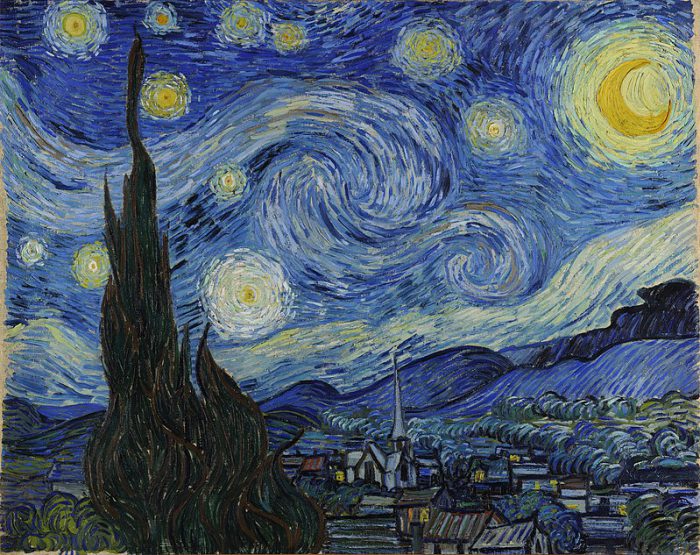
An original painting, like Vincent Van Gogh's The Starry Night, is non-fungible. There is only one, which makes it valuable. (Wikimedia Commons)
NFT stands non-fungible token. If you think that's a funny name for something, we agree. But it is a real thing. Sort of.
A 'fungible' thing is something that can be interchanged with another thing of the same value. Money is fungible. We can give you four quarters for a dollar, or five $20 bills for one $100 bill. (We'll get back to money later...)
Something that is non-fungible, however, can't be switched out or replaced. Simply put, it is unique. Irreplaceable. One of a kind. An original painting is non-fungible. There are copies and posters, but no other 'originals'. (We'll get back to art, too!)
Token of your appreciation
So how does all of that relate to NFTs?
A non-fungible token is a term for a new digital item. These are 'originals' of digital things. What kinds of things?
Images. GIFs. Memes. Videos. Those sorts of things. Things like this.
Thanks to NFTs, someone can own the original version of this video meme, called Nyan Cat. And someone does. Just last month, that anonymous person paid about $590,000 US for it.
Which is where talking about NFTs starts to get really strange. And interesting!
But can't I just view it anytime?
Yes, you can. We just shared it with you right now.
The sale of Nyan Cat (or any NFT) doesn't stop anyone from viewing, sharing, or copying that meme. It doesn't give that person access to a higher quality version of the meme, or extra bonus features. All it does is state that that someone owns the 'original' version of that piece of art.
But how do you prove such a thing? Good question.
After all, if you own the original The Starry Night, you can hold it in your hands and hang it on a wall. It can be analyzed and proved as authentic. It is a physical thing.
But all NFTs are digital. You can't hold them. How do you tell an original from a copy when even a basic smartphone can make an identical copy of a high resolution image in a second? How do you prove that it's yours?
To do that, you need a blockchain.
Give me proof
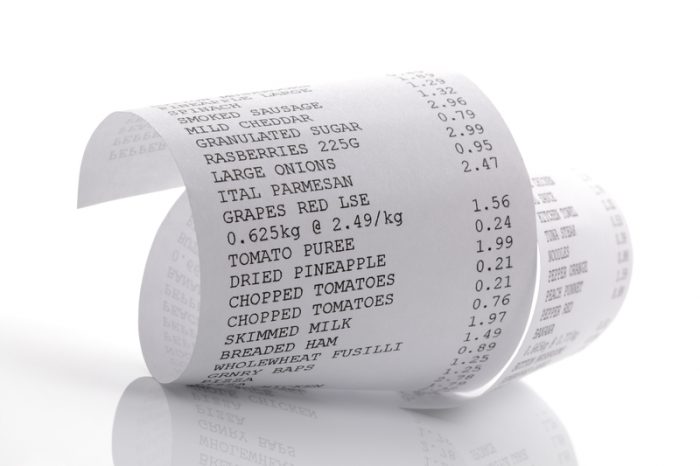
Receipts are used as proof of a transaction, or exchange. (Photo 13808923 © Flynt - Dreamstime.com)
Remember that stuff we were saying about onions? Are we crying yet? Don't worry, you're doing great!
A blockchain is a network of computers that all share the exact same collection of information. It is all about data security. To help understand this, think about a receipt from a store.
When you buy groceries, for example, two copies of a receipt are produced—one for you (the purchaser) and one for the store (the merchant). Each of those copies are identical records of the transaction (exchange). You bought five apples, a box of mac and cheese, and a loaf of bread for $10.55.
Why two copies? Because if there was ever a dispute about that transaction, the two receipts could be compared to each other. Even if one person tried to cheat the other by somehow changing their copy of the receipt, it wouldn't match the other copy. We would know that someone is lying.
Of course, in this story of mismatched receipts, it would be one person's word against the other's. Who do you believe? But what if you had dozens, hundreds, or even thousands of copies of the receipt? Changing one copy wouldn't do anything—it would be obvious that it didn't match the rest of the receipts.
That is blockchain.
Thousands of copies
Blockchains use a LOT of computers to protect data. (Getty Embed)
Blockchain uses a huge network—or chain—of computers to store identical copies of data to protect against cheating and hacking (attacking a computer's data).
How does it make things safe? If you have important information on just one computer, someone can hack that computer and forever change that data. But in a blockchain, even if someone manages to hack one or even a few computers, the blockchain instantly recognizes that those hacks don't match the data on all of the other computers. That information is false and disregarded by the chain.
The hack fails.
Congratulations, you own Nyan Cat!
Right now, blockchains are most well known for being used to start a kind of digital money, or currency, called cryptocurrency. Two famous kinds are Bitcoin and Ether.
These currencies use a blockchain as a bank. Just as a bank stores money for its clients, the blockchain securely stores information on how much digital money a person has. Can you see where this is going?
Just as it keeps safe information about a digital bank account, a blockchain keeps safe information about who owns a particular NFT. In fact, the only way to pay for an NFT is by using a cryptocurrency!
That is how someone knows that they own Nyan Cat. The blockchain protects that data for good, keeping their ownership safe, no matter how many times the meme is shared, copied, or viewed. The blockchain protects the receipt that says, "Nyan Cat belongs to this person."
A new era of collecting
Perhaps you're still feeling confused though. Not about how NFTs and blockchains work. But why.
Why would anyone pay hundreds of thousands or even millions of dollars to own this?
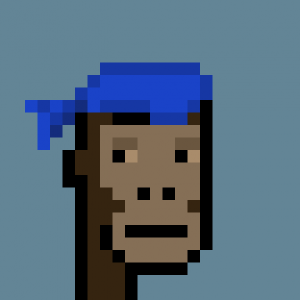
(Yes, this image, called a Cryptopunk, sold for $1.2 million US.)
Well, that's just collecting. For centuries, people have liked to show off their wealth by paying extreme amounts of money for rare things. We've become used to this idea with original paintings or baseball bats used by exceptional athletes because it's been that way for a long time now.
But NFTs are just the newest version of this type of collecting. It's the same idea, only in a brand new field. And it's not only for the super rich.
Sports cards, for example, are something many of us like to collect. Since 2019, the NBA has been offering NBA Top Shot, which are essentially blockchain trading cards. This dunk by LeBron James is the most famous and expensive one, but there are packs of these 'cards' that sell for as little as $9.
? TOP COLLECTOR ALERT ?
This is 1️⃣ of 4️⃣9️⃣ LeBron James Moments that can ever be minted in our Cosmic packs. Scooped up by user rapid_goji_berry2079 via the #NBATopShot marketplace ?
Start collecting Moments like these before the beta opens! https://t.co/S4XvtARyar ?⛓ pic.twitter.com/Lqm8grEIF1
— NBA Top Shot (@nbatopshot) September 29, 2020
What does it all mean? The value of these NFTs—like art itself—will rise and fall. But blockchain security isn't going anywhere. Whether or not you ever buy an NFT, blockchains will protect more and more data in the future.
You made it to the end! Thanks for reading and we hope you found this helpful. Now we're hungry! French onion soup anyone?
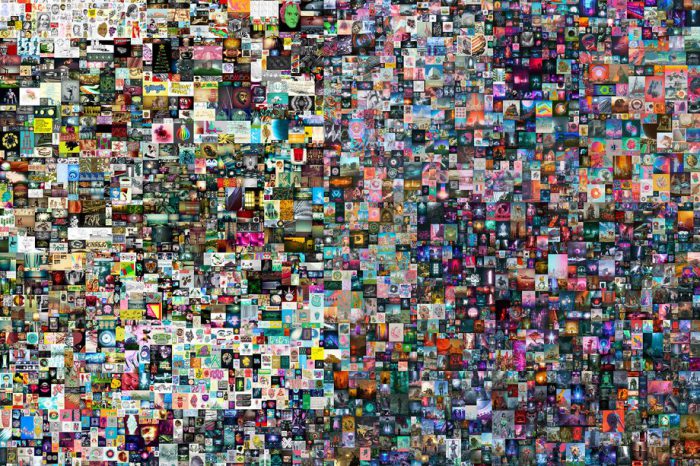 This piece of digital art—called The First 5000 Days—sold for $69 million US last week. It is an NFT. (Beeple)
This piece of digital art—called The First 5000 Days—sold for $69 million US last week. It is an NFT. (Beeple)


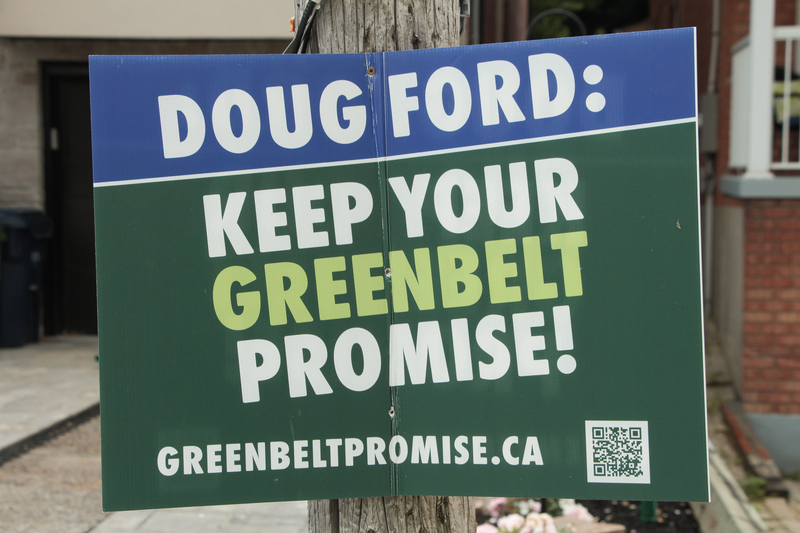

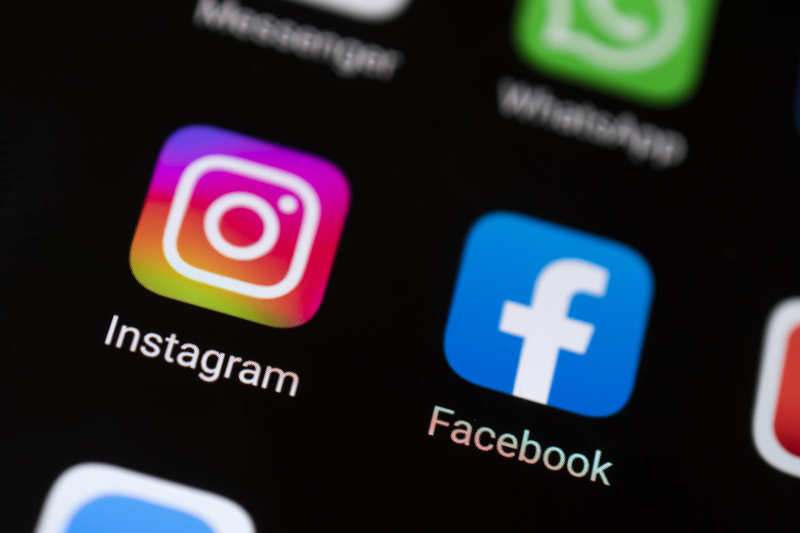
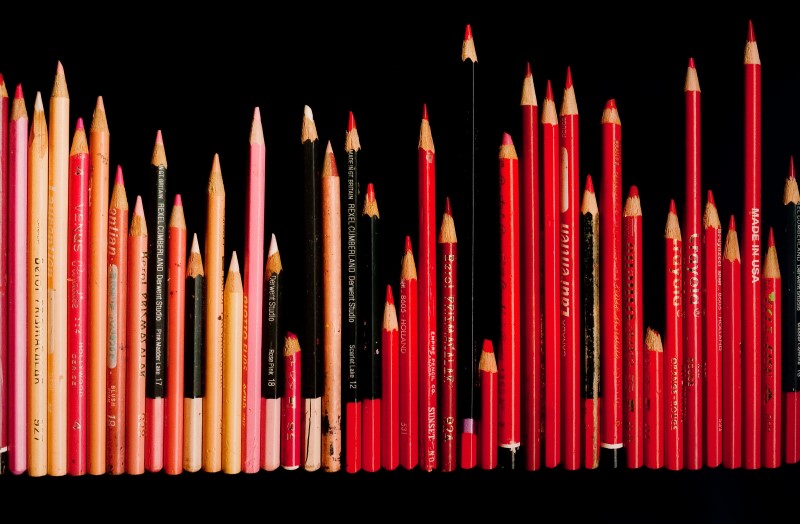
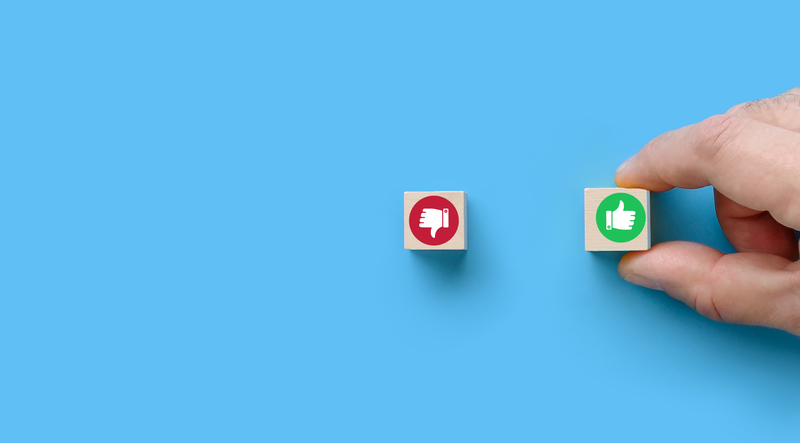



What if a hacker can’t hack?